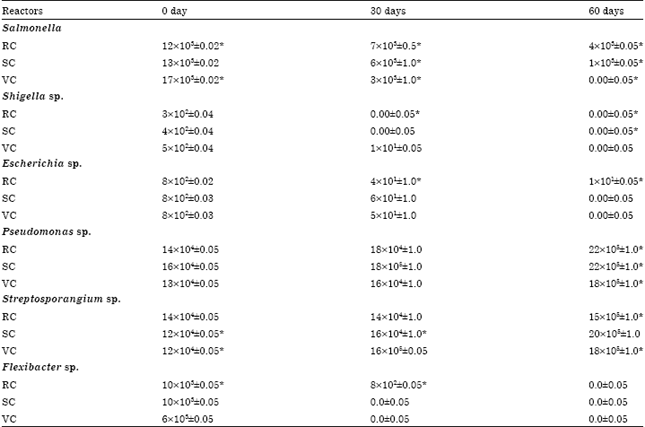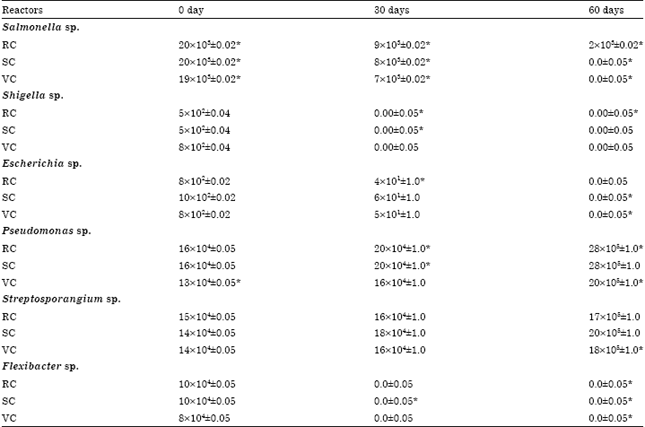Research Article
Removal of Pathogens during Vermi-Stabilization
Department of Zoology, Vermiculture Research Station, D.S. College (Dr. B.R.A. University) Aligarh- 202001 UP, India
Shweta
Department of Zoology, Vermiculture Research Station, D.S. College (Dr. B.R.A. University) Aligarh- 202001 UP, India












